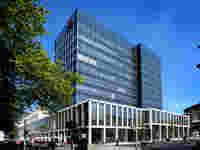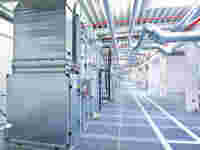Building Certification for Sustainable Construction

Benefits of a Certified Building:
- Securing and increasing the market value of your building
- Gaining a competitive edge on the real estate market through meaningful certification and a detailed eco-efficiency balance
- Ecological sustainability and long-term profitability thanks to life cycle approaches
Protection against potential consequential costs using CO2-neutral Green Building concepts
- Specialty controls for achieving the target building quality and results in operation
- Optimization of building operation and reduction of operating costs
Portfolio optimization through lean approaches for energy and sustainability




